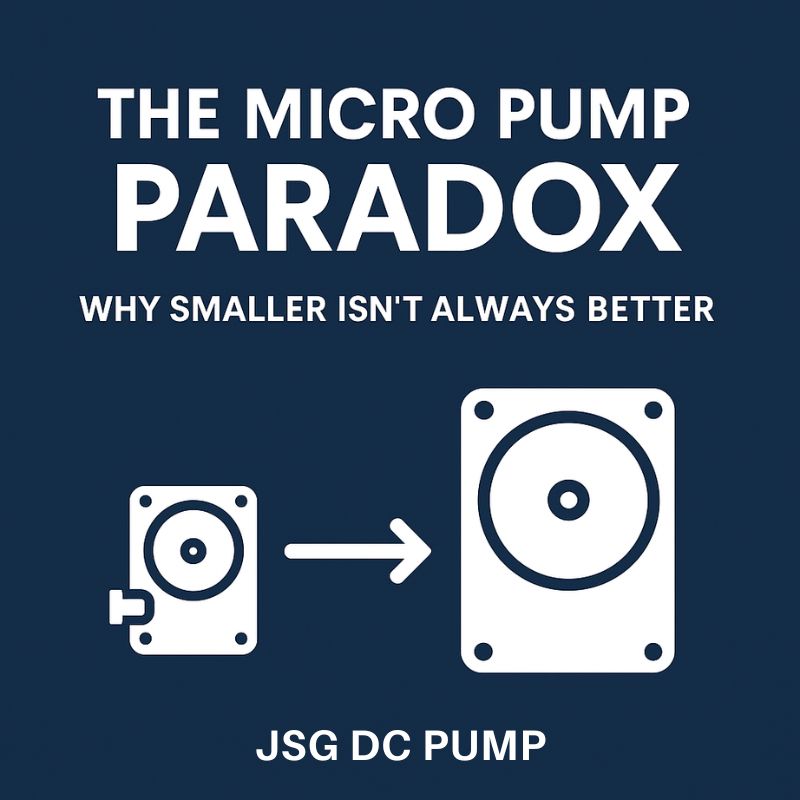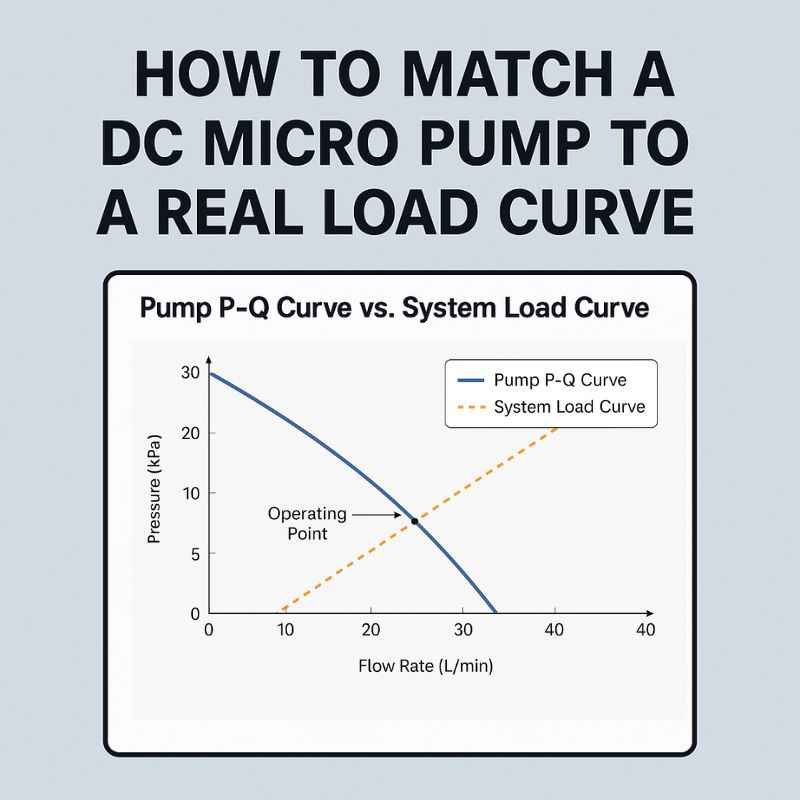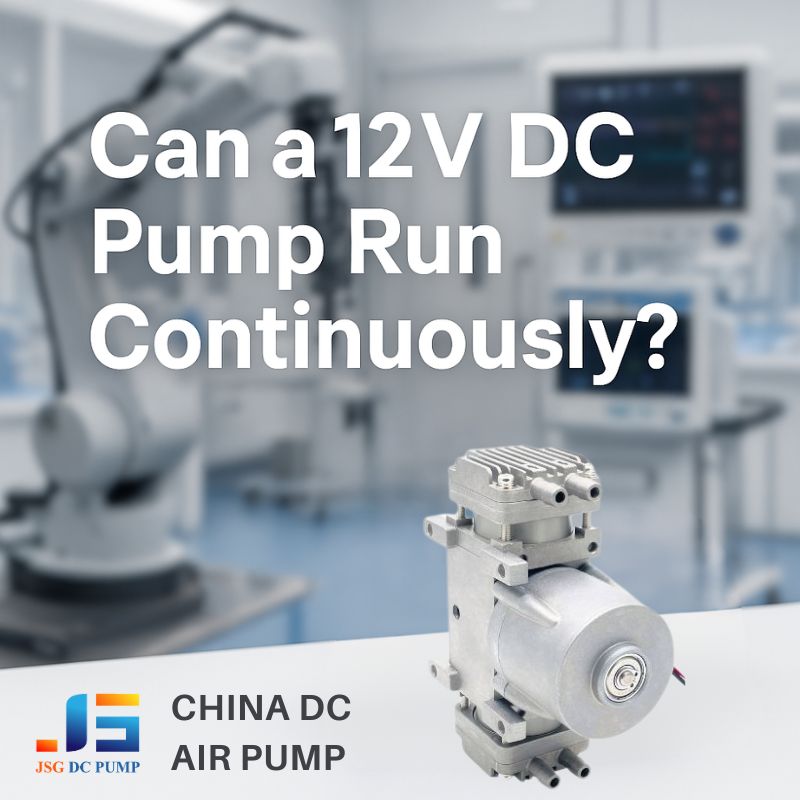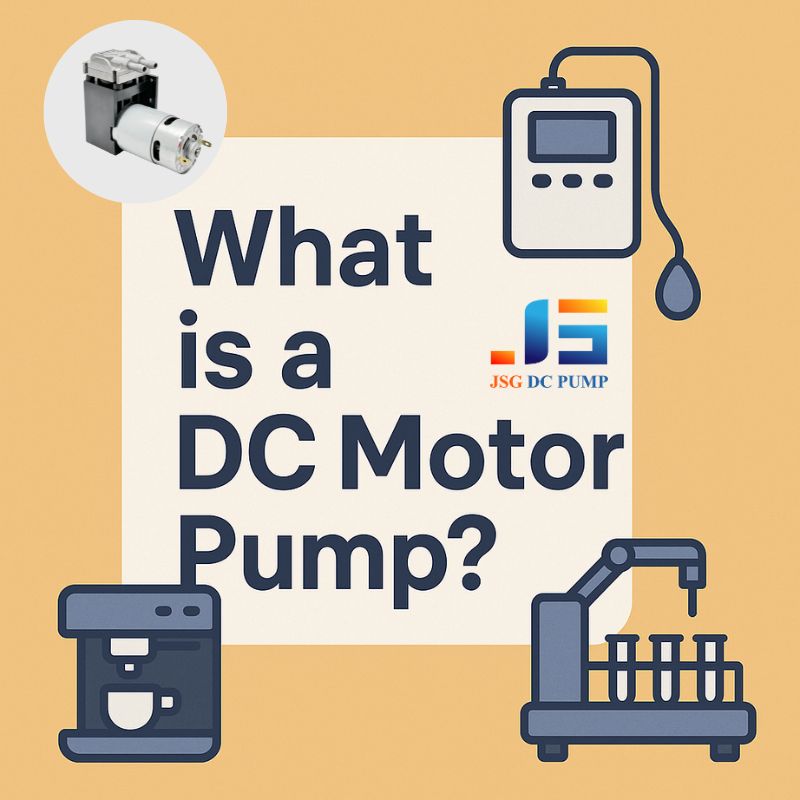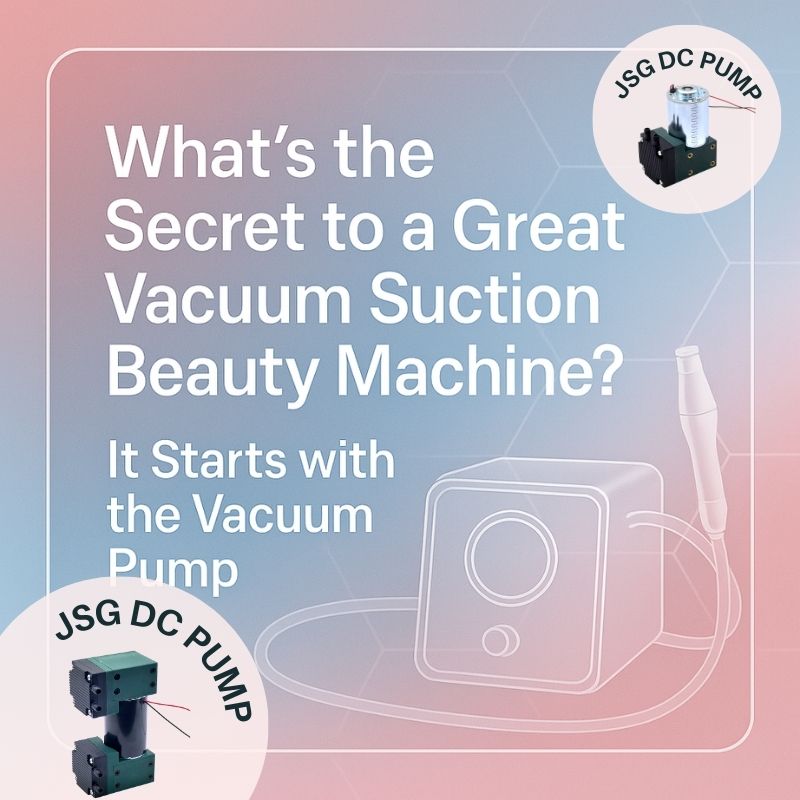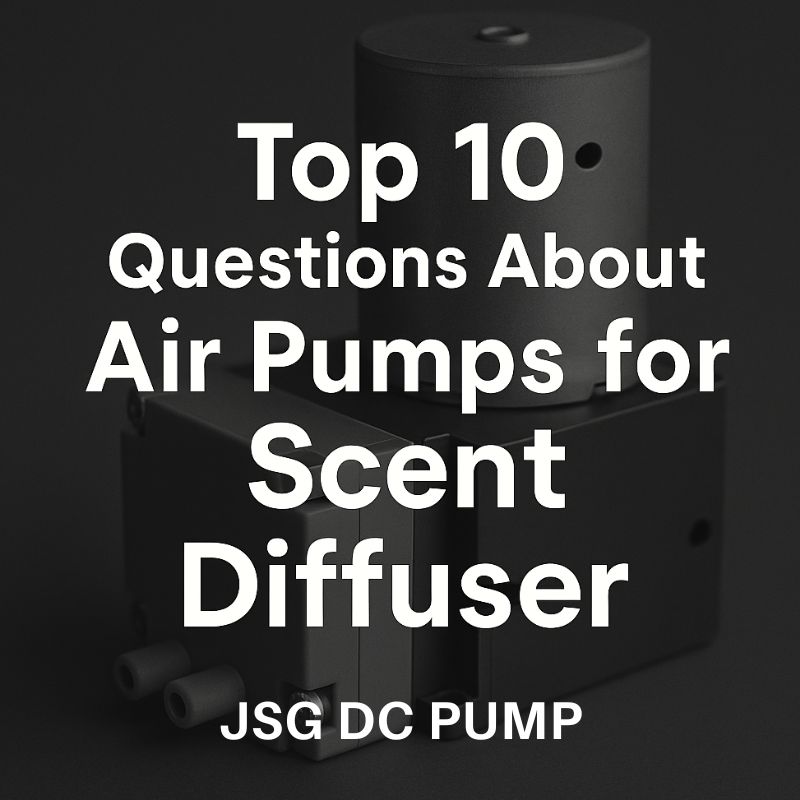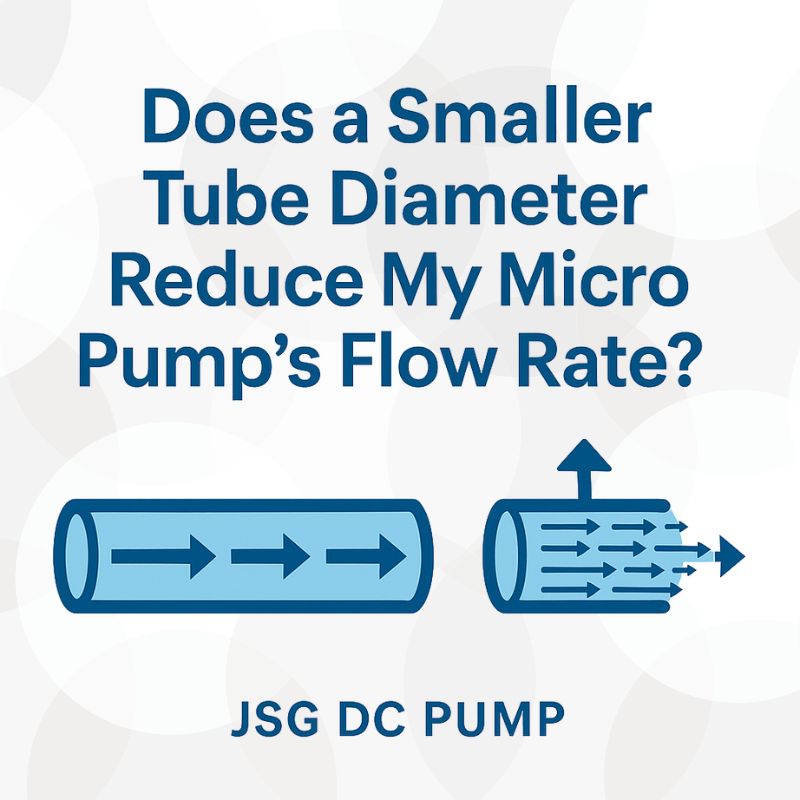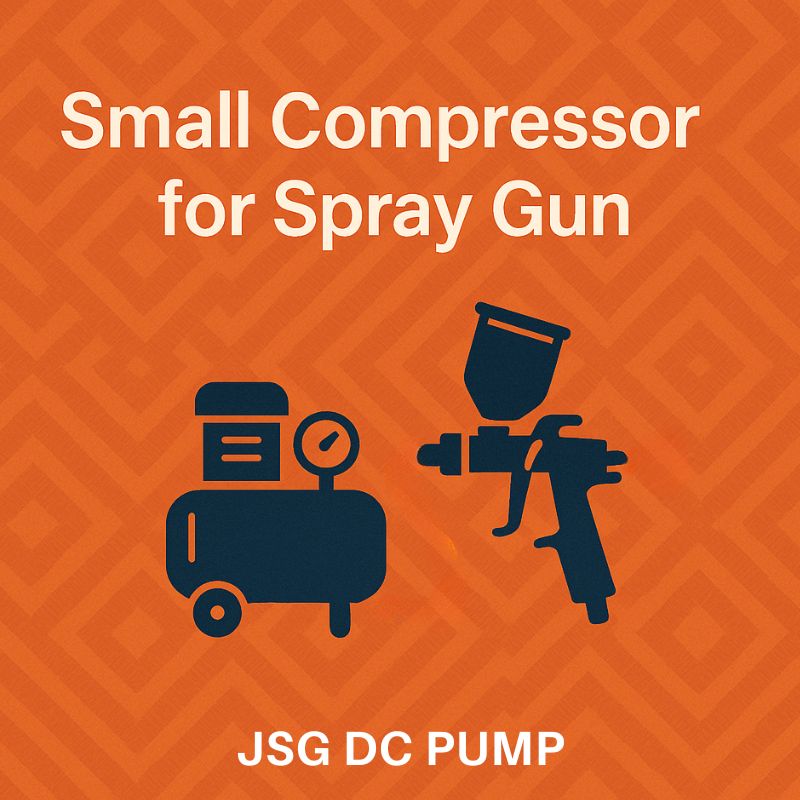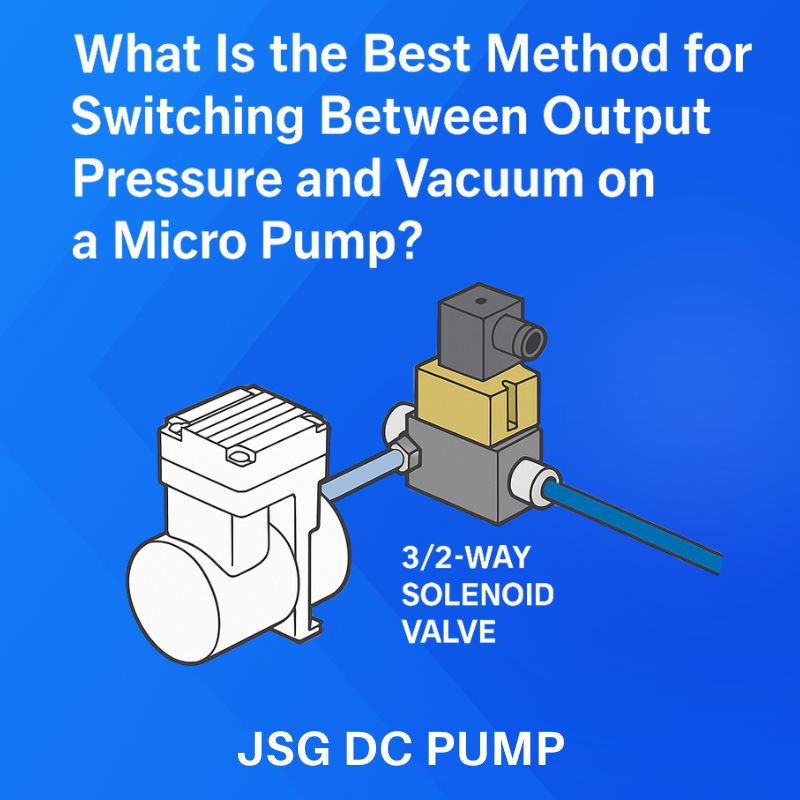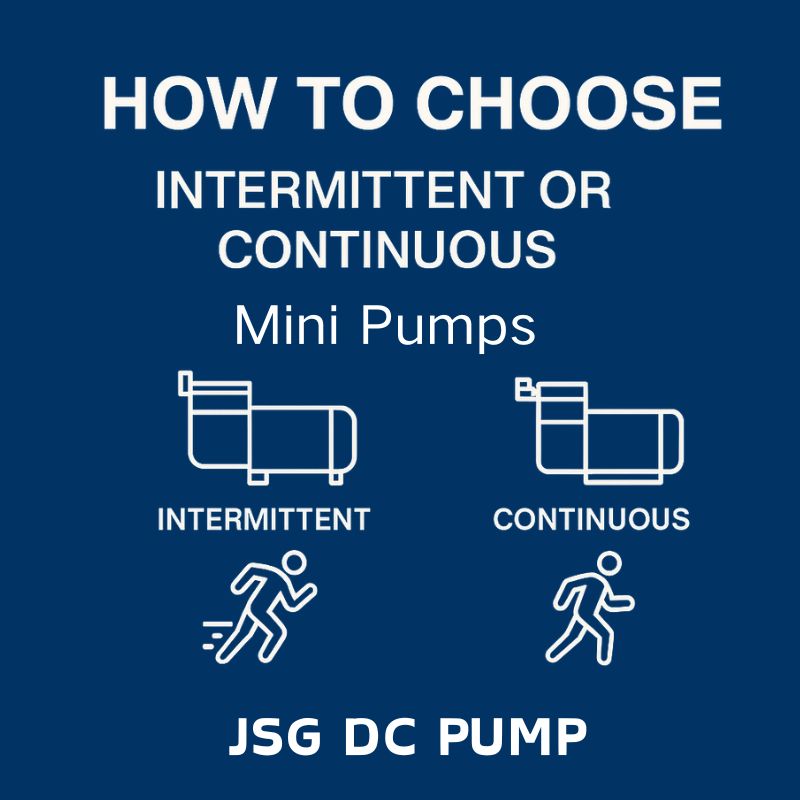Engineers are under constant pressure to shrink device footprints. You’re told to go smaller, lighter, more compact. So when sourcing a micro pump, the instinct is to demand the tiniest one possible.
Smaller isn’t always better because pump performance, lifespan, and heat dissipation are directly tied to physical size. Choosing a pump that is too small for the required workload leads to overheating, premature failure, and poor performance.
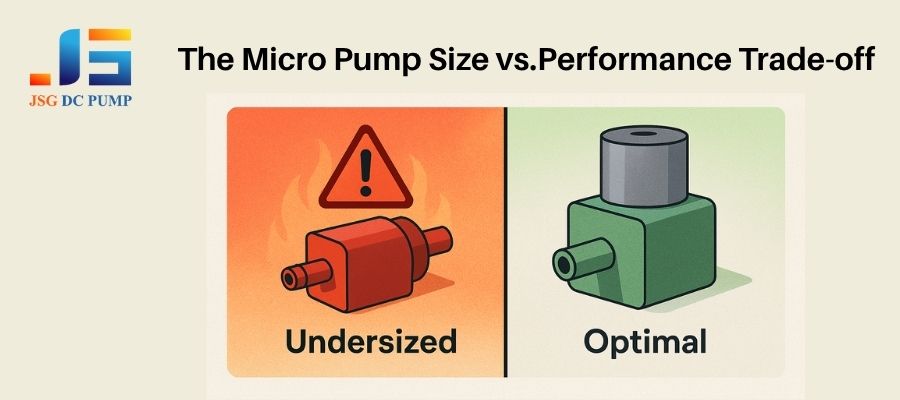
I’ve been designing and working with micro pumps for over two decades. Time and again, I’ve seen promising projects stumble because of a simple misconception: that miniaturization is a goal in itself. An undersized pump is a ticking time bomb in your product. It might work on the test bench for a few hours, but it’s destined to fail in the field. Let’s break down the physics behind this paradox so you can select a pump that is not just small, but also right.
Does a Micro Pump Mean Weaker Performance?
You have a tight space to fit a pump, but your application demands a specific flow rate and pressure. You find a tiny pump and hope you can just run it harder to meet the specs.
Yes, in almost all cases, a physically smaller pump delivers lower performance. Its smaller diaphragm, chamber, and motor inherently limit the maximum flow and pressure it can generate efficiently.
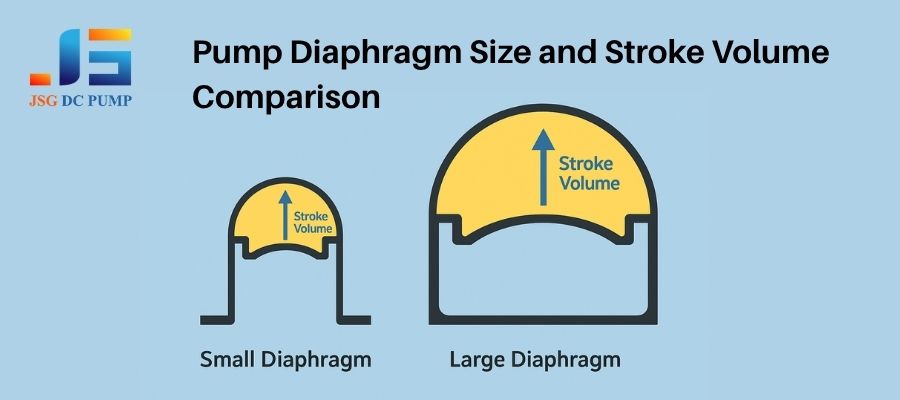
Think of it like a car engine. You can’t get the horsepower of a V8 from a two-cylinder engine, no matter how hard you push the pedal. The same principle applies to pumps. The performance of a diaphragm pump is largely determined by its displacement—how much air it can move with each cycle. This is a function of two things:
- Micro Pump Diaphragm Size: A larger diaphragm can push a larger volume of air with each stroke.
- Motor Power: A more powerful motor can drive the diaphragm at a higher speed and against greater resistance (pressure).
Forcing a tiny pump to meet high performance targets creates a cascade of problems. The motor runs constantly at its maximum limit, efficiency plummets, and the components wear out incredibly fast. It’s crucial to match the pump’s capabilities to the job.
| Factor | Undersized Pump | Optimally Sized Pump |
|---|---|---|
| Workload | Runs at 90-100% capacity | Runs at 50-70% capacity |
| Performance | Struggles to meet target flow/pressure | Easily achieves target flow/pressure |
| Result | Prone to stalling, inconsistent output | Stable, reliable, and predictable output |
Is a Miniature Pump More Power Efficient?
Your new device is battery-powered, so every milliamp counts. It seems logical that a smaller pump would draw less current, extending battery life. But is that really the case?
No, a smaller pump working hard is far less efficient than a larger pump working easily. When pushed to its limits, most of a small pump’s energy is wasted as heat, not productive airflow.
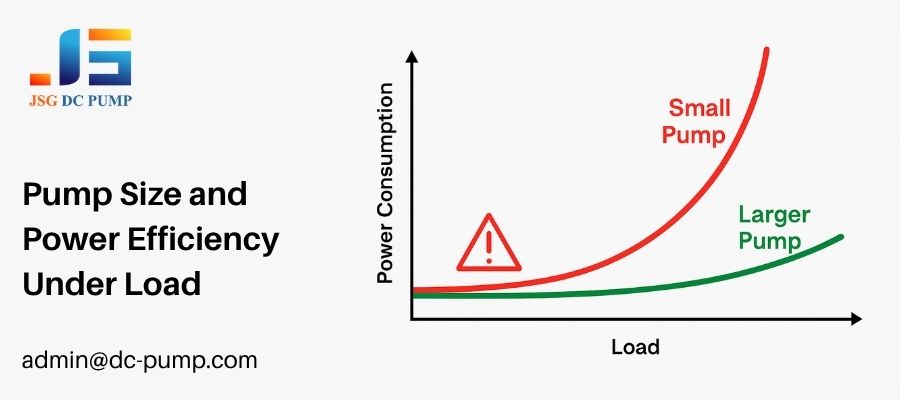
Efficiency is about the ratio of work done to energy consumed. Every pump motor has a “sweet spot” on its performance curve where this ratio is highest. An undersized pump is forced to operate far outside this optimal zone, constantly fighting to keep up. Its motor spins at maximum RPM, drawing a huge amount of current just to meet the baseline performance requirements.
In contrast, a slightly larger, correctly-sized pump can achieve the same flow and pressure while running at a relaxed 50-70% of its maximum capacity. This means it operates squarely in its efficiency sweet spot, drawing significantly less power to do the same amount of work. For battery-powered devices, choosing a pump that is 15% larger could translate into a 30% longer battery life.
Why Do Undersized Pumps Overheat So Easily?
Your compact device is failing, and you trace the problem to the pump. It’s incredibly hot to the touch, and the casing shows signs of warping. What’s causing this intense heat?
A smaller pump has less surface area to dissipate the heat generated by its overworked motor. This trapped heat creates a thermal runaway effect, cooking the pump from the inside out and causing catastrophic failure.
Heat is the number one killer of micro pumps. As we just discussed, an undersized pump is inefficient, converting a large portion of electrical energy into waste heat. The problem is compounded by a simple law of physics: a smaller object has a lower surface-area-to-volume ratio. This means the tiny pump body simply cannot radiate that waste heat away into the surrounding air fast enough.
The internal temperature skyrockets, creating a vicious cycle where higher temperatures increase electrical resistance, which in turn generates even more heat. This is why a small pump can feel fine for the first five minutes of a test run but fail after an hour of continuous operation. It doesn’t have the thermal mass or surface area to reach a safe, stable operating temperature under load.
How Does Miniaturization Impact a MicroPump’s Lifespan?
The datasheet for a tiny motor promises a 2000-hour life. But when you put it in a pump and run it in your device, the whole unit fails at 500 hours. Why the discrepancy?
A pump’s lifespan is determined by its weakest link under real-world load. Miniaturization often means smaller bearings, thinner diaphragms, and harder-working motor brushes, all of which wear out faster under stress.
A motor’s lifespan rating is often tested under ideal, no-load conditions. The moment you ask it to drive a pump mechanism against pressure, its life expectancy changes dramatically. In a miniaturized pump, this effect is amplified.
- Motor Brushes & Commutator: These are the primary wear items in a brushed DC motor. A smaller motor running at higher speeds to compensate for its size will wear through its brushes exponentially faster.
- Bearings: Smaller pumps use smaller bearings, which have a lower load capacity and are more susceptible to failure from heat and vibration.
- Diaphragm: To fit in a smaller housing, the diaphragm itself may be thinner or have a more aggressive flex cycle, leading to material fatigue and failure much sooner than in a larger, more robust design.
The lifespan isn’t about one component; it’s about the entire system. An undersized pump places every single component under maximum stress, guaranteeing that one of them will fail prematurely.
Is a Quieter Device Always the Smallest One?
Your product is for a home or medical setting, so low noise is a critical requirement. The obvious solution seems to be using the smallest, lowest-power pump available to minimize noise.
Often, the opposite is true. An undersized pump running at a high, strained RPM will generate more high-frequency noise and vibration than a larger pump running at a lower, smoother speed.
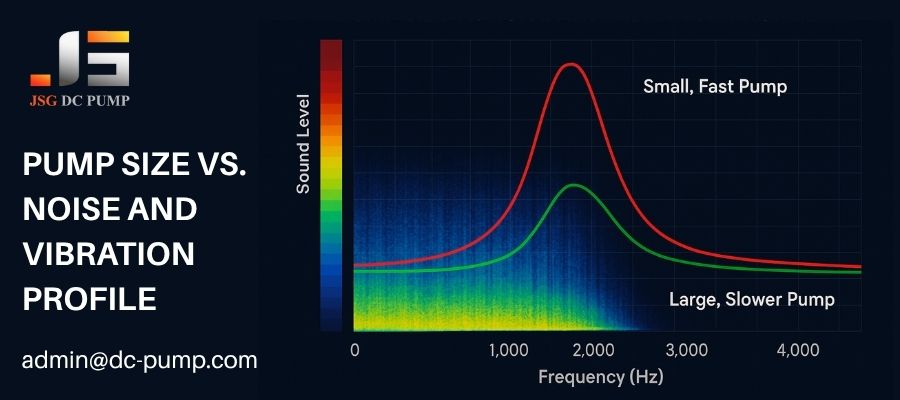
The acoustic signature of a pump is complex, but a major component is the motor’s speed (RPM). To generate the required pressure and flow, a very small pump has to run incredibly fast. This high speed creates a high-frequency whine that is often perceived by the human ear as more irritating than a lower-frequency hum.
Furthermore, this high-speed operation creates more vibration, which can then resonate through your device’s chassis, amplifying the audible noise. I once consulted on a portable medical device where the engineers were struggling with a loud, buzzing pump. They had chosen the smallest model they could find.
We replaced it with a slightly larger pump that could achieve the same performance at half the RPM. The result? The overall decibel level dropped significantly, and the annoying high-pitched buzz was replaced by a barely-audible, low hum.
How Do You Find the “Goldilocks” Pump Size?
You understand the risks. You need to balance size, performance, and reliability. How do you find the pump that’s not too big, not too small, but just right?
Start with your required performance and lifespan, not your size constraints. Provide your target flow, pressure, and operational hours to an experienced manufacturer. Let them recommend the smallest model that can reliably meet those targets.
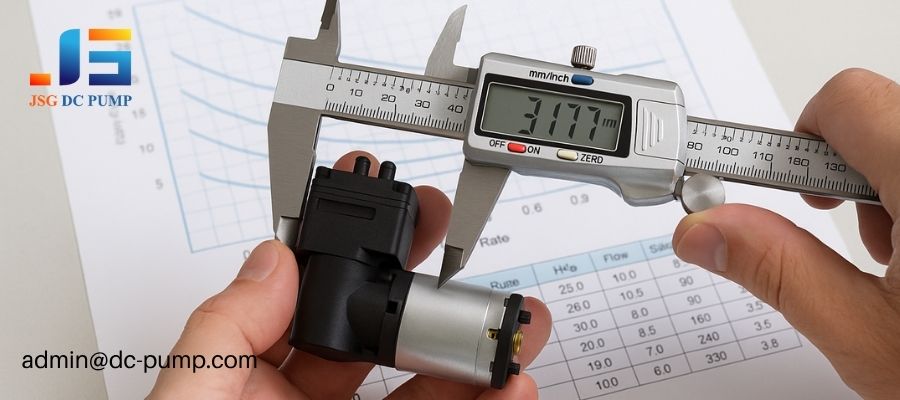
An engineer precisely measures a micro pump to determine the optimal size, guided by performance data and engineering standards.
The selection process should be inverted. Instead of saying “I have this much space, find a pump that fits,” you should say “I need this level of performance for this many hours, what is the most compact pump that can achieve this?”
- Define Your Performance Floor: What is the absolute minimum flow and pressure your device needs to function correctly?
- Define Your Lifespan Target: Be realistic. Is this a disposable device or a long-lasting piece of medical equipment?
- Consult the Experts: Bring this data to a manufacturer like us. We have performance curves for hundreds of models. We can immediately see which pumps can meet your needs while operating in their efficient “sweet spot,” not at their breaking point.
- Design Around the Pump: Once the optimal pump is identified, treat its dimensions as a fixed constraint. It is far easier for your design team to adjust the surrounding layout by a few millimeters than it is to defy the laws of physics.
Conclusion
The pursuit of miniaturization is valid, but it cannot come at the cost of reliability. By understanding the trade-offs between size, performance, and heat, you can make smarter sourcing decisions and ensure long-term product stability.
At JSG DC PUMP, we help OEM engineers and product developers find the perfect balance between compactness, performance, and durability.
Our engineering team offers data-driven pump selection, testing, and customization support — ensuring every design performs flawlessly in real-world conditions.
📩 Contact us at admin@dc-pump.com to discuss your application and discover how our optimized micro pump solutions can elevate your next project.


